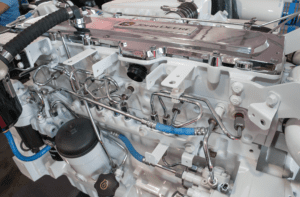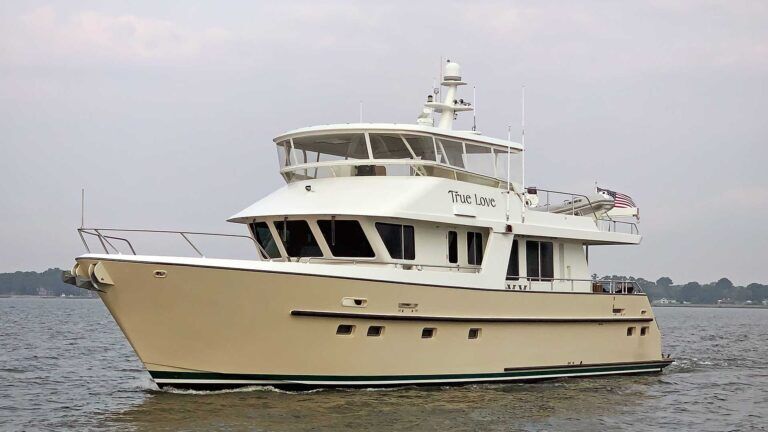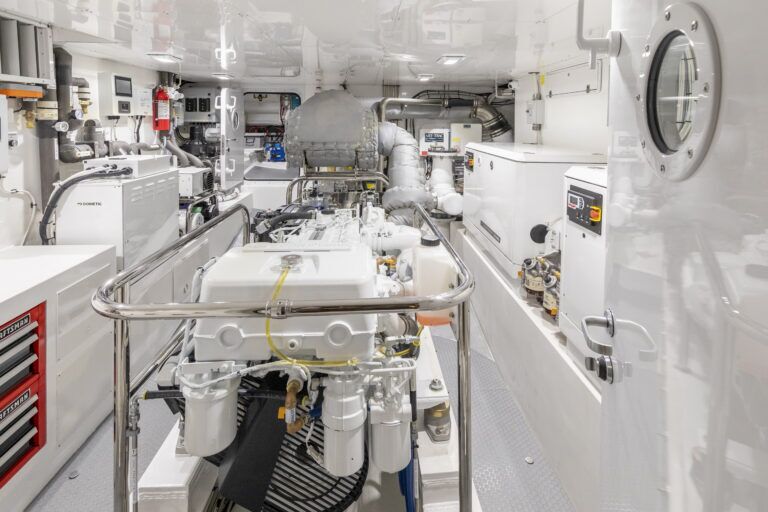Leaving aside what you inevitably have to shell out in terms of dollars, a service visit to a boatyard can be a painless, even enjoyable experience. Getting your yacht’s bottom cleaned of residual grunge and then having the hull freshly repainted is, for most of us, a gratifying event. So is attending to all the small annoyances that have interfered with peaceful enjoyment of the yacht.
Or, the visit can be an occasion for aggravation and disappointment, fueled by unexpected work and by unanticipated, escalating costs in time and money.
Many times, what makes the difference between the two scenarios is how well you’ve prepared for the visit. Here are some tips to help you avoid problems.
First and foremost, come to terms with the fact that the work needed is the work needed. The boatyard, in most cases, did not create the problems. Don’t blame the yard manager for pointing out problems with the condition of your yacht.
Once you’re mentally ready to get started, take at least a couple of months to develop your list of work to be performed. By the time your yacht is hauled and blocked on the hard (or rolled out of the storage building to one of the yard’s workstations), you should already have decided on things like which bottom paint you want to use, whether you want to have your brightwork refinished, which additional electrical switches you want installed, the brand and model of the new battery charger/inverter you want installed, and so on. Making such decisions on the fly is a formula for disaster.
Next, well before the work actually starts, have a clearly defined scope-of-work agreement in writing with the yard. It should include the projected timeline for completion and delivery (including relaunching the yacht, if that is involved).
Get a firm, fixed-price quote. An estimate is not the same thing; do not assume that the yard will hold to its estimate or upcharge you no more than, say, 10 percent. Having a firm, fixed-price quote lets you prioritize your needs to fit your budget.
Naturally, even if you’ve planned ahead, there is always the possibility of additional work emerging after the yard has started the job. If that work is critical, then you want a way to handle it. Establish an understanding with the boatyard, in advance, about how emergent work will be handled, including the yard’s hourly labor rates for various skills that might be required.
To be sure, you can’t anticipate every contingency, but you can avoid disputes by establishing fair and reasonable procedures for dealing with emergent issues. Don’t be lulled into a sense of false security by the clause on the back of the work that ties the boatyard and the customer to binding arbitration in the event of a dispute. Arbitration is relatively costly, often more so than litigation. And it will often see your boat or yacht being held until the proceedings are completed.
The good news is that most maintenance visits go pretty well, especially when you deal with an established, experienced and active boatyard with a good reputation. Early planning and reasonable expectations on your part will go a long way in most circumstances, as does scheduling your yard visit to allow flexibility on the completion and delivery dates.
Simply following the same organized, businesslike approaches that you use in the rest of your life knocks out most of the remaining problems. Do what you need to do, and then try to relax. Even this part of yachting should be a joy and a pleasure, not a hassle.











